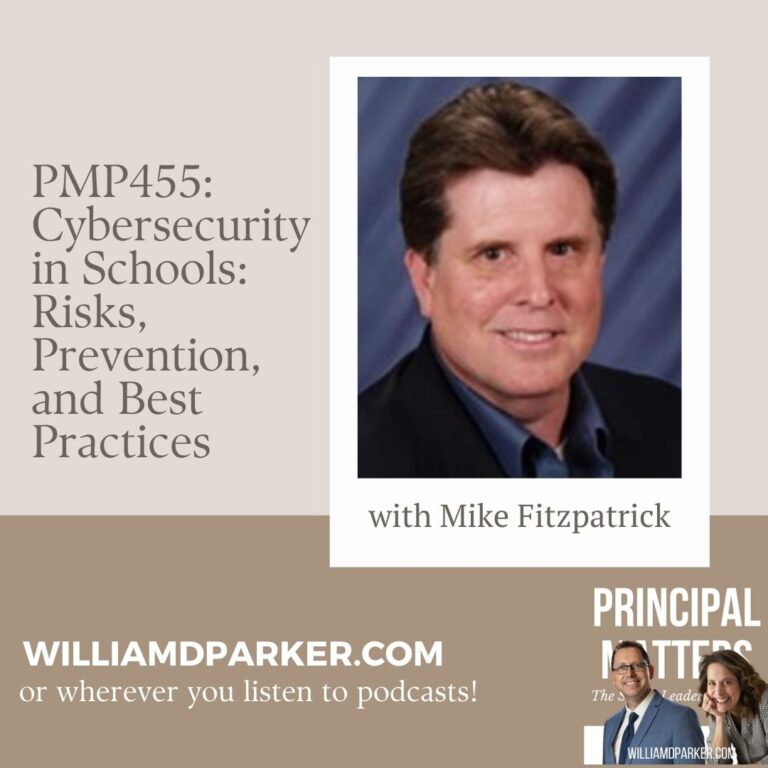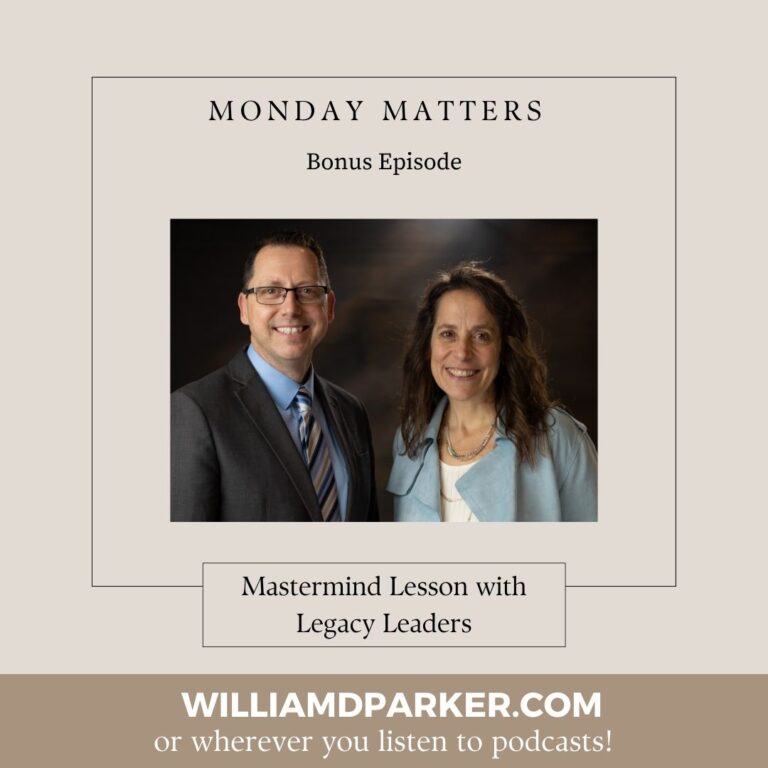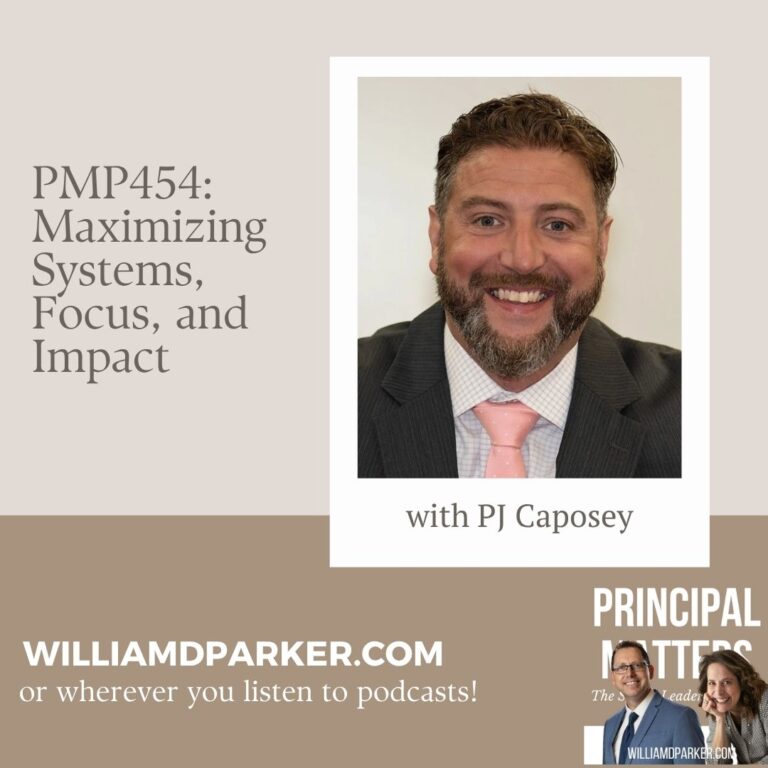When Education Week did a survey a few years ago, principals were asked about the biggest frustrations of their jobs. At the top of the list was the response: “Mandates without Money.”

If you’ve been in education for a few years or a very long time, you can relate to that concern. In fact, this year the federal government produced 81,611 pages in new regulations.
In my state, for example, high schools are mandated to teach personal finance, CPR instruction, test students in 7 end-of-instruction exams, and remediate students who don’t pass them–to name a few.
From the federal level, we are also expected to enforce NCLB regulations until they are replaced with new ESSA regulations (once they are finalized). And we are inundated with infinitely-growing pages of documents and guidelines surrounding federal regulations for children with medical or learning difficulties.
So with the consistent frustrations that surround unfunded mandates, how do you structure your priorities so that you can serve students and support teachers while still fulfilling these imposed expectations?
Here are four suggestions for keeping mandates in perspective:
1. Stay creative while keeping in mind that mandates are not our primary purpose.
As well meaning as our elected officials are, they don’t always understand what a new mandate really looks like at the ground level. This doesn’t change our obligation to follow them, but it’s helpful to keep them in perspective.
Here’s a small example: When our state lawmakers mandated all students be CPR instructed before graduating, they didn’t anticipate the cost or necessary personnel involved. Thankfully, with the help of our school nurse, my school found a grant to help us purchase necessary supplies (inflatable dummies for CPR practice). Also, our local fire marshal graciously volunteered time for instruction. Neither of those tasks was accomplished without investing in resources, time, and people.
At the same time, CPR-instruction-for-all-students was not even on the list of primary priorities we set for student learning throughout the year. In other words, we creatively fulfilled the mandate, but we didn’t allow it to become the focus of our school year either.
2. Use mandates as ways to serve students in spite of how difficult or frustrating the process can be.
Because we are in the business of serving, we must still find ways to serve students even when we are fulfilling mandates.
Let’s take IEP’s for example: Even though these education plans are cumbersome to organize, document, schedule, and conduct, the person who should matter in that entire process is still the student. The process is not optional, but the object of it is something we still control with our attitudes, decisions, and follow-through.
State-mandated testing is another example for staying focused on who matters most: In order for our school to adequately test students online, we invested heavily through grants and Title monies in technology so that our students would have greater access to portable technology labs (in our case HP Stream Carts), which we used for online assessments. More importantly, these devices also help our Language Arts students with online research or working via shared Google Docs.
The key is to keep the student, not the mandate, at the center of the decisions caused by mandates. (Feel free to Tweet this quote.)
3. Be consistent while also staying gracious.
I’ve seen a lot of time, energy, and emotion spent in trying to understand, interpret and implement mandates. Although following the law is an inevitable part of our job description, sometimes it’s helpful to simply let others know that “we’re in this together” and that we are also learning these processes together.
A role model for this approach is my current superintendent. He is normally present at any training we are receiving. He not only expects us to be learning new initiatives, but also he learns them along with us so that he understands the pros and cons.
When school leaders are a part of the process, it makes it much easier to help others. It also helps you know when to give others grace as they’re something new.
4. Keep first priorities as first priorities.
Mandates should be made to fit into the school’s mission, not vice versa. Although this doesn’t change the frustration caused by mandates, it at least relegates a mandate to its appropriate category.
Maybe one of your school’s main goals is increasing literacy. If that’s the case, then don’t stop encouraging strategies, remediation, and collaboration because of the frustration of other mandates. Yes, mandates can be distracting and sometimes time-consuming, but continue to do the tasks that add meaning and momentum to student learning. When you do, you help others feel that their hard work in areas that matter is really worth it.
Conclusion
Don’t get me wrong. I’m not suggesting we just accept the inevitability of regulation and mandates. I’m a big fan of advocacy as a way to influence decisions handed down to schools (see my posts on advocacy with students and my visit to the Hill post from last summer).
At the same time, I predict that in spite of advocacy, we will still have new mandates to implement for the new school year. Even with that sobering reality in mind, what can we do to not allow “mandates without money” drive us to despair? Just as we expect “Murphy’s Law” in our day-to-day lives, try to keep these four ideas in mind:
- Stay creative as we try to keep in mind that mandates are not our primary purpose.
- Still serve students through the mandate process or in even spite of them.
- Remain both consistent and gracious.
- Stay determined to keep first priorities as first priorities.
None of these steps completely removes the frustration. But facing them with proper perspective may at least allow us not to allow outside influences to defeat the primary reasons for doing school.
Now It’s Your Turn
What other suggestions would you add? Or what is a bigger frustration for you than “mandates without money”?
Sign-Up For Free Updates and Ebook
When you enter your email address below, you will automatically receive Principal Matter posts and a free Ebook, 8 Hats: Essential Roles for School Leaders. Let’s keep learning together!
Subscribe for free weekly updates and receive free e-book!
(function($) {window.fnames = new Array(); window.ftypes = new Array();fnames[0]=’EMAIL’;ftypes[0]=’email’;fnames[1]=’FNAME’;ftypes[1]=’text’;fnames[2]=’LNAME’;ftypes[2]=’text’;}(jQuery));var $mcj = jQuery.noConflict(true);
Principal Matters Podcast
Check out audio versions of Principal Matters posts at iTunes. Rate PMP at iTunes; when you do, it makes it more visible to others!
Principal Matters–The Book!

School leaders are very busy, so each of the twenty-four chapters is designed as a quick-read and followed with take-action questions for follow-up or reflection. If you want practical ideas on understanding your purpose, managing school teams, dealing with challenges, and leading with courage, action, motivation, and teamwork, go HERE to pick up a copy for you or your team.


